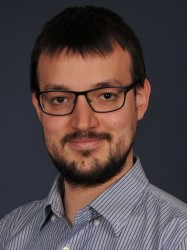BibTex format
@article{Faedo:2018:10.1016/j.conengprac.2018.08.010,
author = {Faedo, N and Scarciotti, G and Astolfi, A and Ringwood, JV},
doi = {10.1016/j.conengprac.2018.08.010},
journal = {Control Engineering Practice},
pages = {85--96},
title = {Energy-maximising control of wave energy converters using a moment-domain representation},
url = {http://dx.doi.org/10.1016/j.conengprac.2018.08.010},
volume = {81},
year = {2018}
}

